Retail Week visited the new American Dream mall in New Jersey and marvelled at the scale and scope of the experiences on offer. But can the gargantuan centre buck the downward trend of shopping centres around the world?
On an unseasonably warm day in mid-January, the squat towers and glasshouse roofs of the American Dream shopping centre gleam in the pale sunshine.
The new shopping centre, which began a phased sequence of openings in October 2019, is one of the most ambitious of its kind anywhere in the world – with a focus on experiences rather than retail. At approximately 3 million square feet, it is also surely one of the largest.
For the president of the centre’s owner Triple Five group, Don Ghermezian, American Dream will offer consumers an “unparalleled experience and a sense of community”.
Yet, for its detractors, the site is everything from an architectural eyesore to a blight on the local environment and a further strain on a road network already overburdened by commuter traffic to the city and a nearby sports stadium.
The US shopping centre sector is also facing the same kind of existential crisis that UK centres currently face: plummeting footfall, store closures and growing ecommerce penetration. These headwinds led The New York Times to declare in December that “the mall is dying”.
Can American Dream revive the shopping centre’s flagging fortunes in the US, or is it set to be a costly and very public failure?
The $5bn gamble
The site of American Dream – in East Rutherford, New Jersey – has a long and tortured history.
It was originally chosen for the mall in 2003 by real estate firm Mills Corporation, with ground being broken on what was then known as Meadowlands Xanadu in 2004.
The project was taken over in 2007 by Colony Capital – after the site bankrupted Mills Corporation. Construction again stalled in 2009 following the collapse of Lehman Brothers.
The site was finally taken on by current owner Triple Five Group – which also owns other North American mega malls, such as Mall of America in Minnesota and West Edmonton Mall in Alberta, Canada – in 2011. However, a series of legal tangles and failed bond issues meant another eight years of delays.
“Despite its torrid history, Triple Five is keen to extol the site’s myriad virtues: its proximity to New York City; its massive catchment area within New Jersey; and the size of the plot”
All in all, as a representative of Triple Five says, American Dream has cost the group more than $5bn to bring to its current point – and is still the best part of a year from being fully let and operational.
Despite its torrid history, Triple Five is keen to extol the site’s myriad virtues: its proximity to New York City (just 7.6 miles from Midtown Manhattan by car); its massive catchment area within New Jersey (approximately 20 million potential customers within a 50-mile radius); and the size of the plot (anywhere between 3 million and 3.3 million sq ft).
“We really don’t like people using the word ‘mall’ when referring to American Dream,” says the spokeswoman. “We prefer the word ‘destination’. It really highlights what we are hoping to achieve here.”
Scream, swim, ski
Which leads to the question: what is American Dream hoping to achieve? Well, the answer is a shopping centre unlike anything else – which has more in line with a Florida theme park than a mall.
American Dream has made no secret of the fact that it wants the majority of its occupiers to be “experiential”. Indeed, with approximately 90% of the entire centre now let, the current split is 55% experiences with the remaining 45% being made up of retail offerings.
Many institutional landlords in the UK are looking to reduce their exposure to retail, given the rash of administrations and CVAs over the past two years. However, the likes of Intu or Hammerson couldn’t dream of reducing their exposure to anything like what American Dream has achieved.
The experiences on offer are on a truly American scale. Indeed, some of the top-line figures read like an application for the Guinness Book of World Records.
Take, for example, Nickelodeon Universe: at 8.5 acres, it’s the largest indoor theme park in the Western Hemisphere, complete with the world’s steepest indoor rollercoaster and tallest indoor high ropes course.
Or Big Snow, which, at over 180,000 sq ft, is the first indoor real-snow ski and snowboard park in North America. Or the DreamWorks Water Park, also measuring 8.5 acres, which will offer some 40 water slides and the largest indoor wave pool in the world. Or the full-size ice rink. The list goes on.
“There’s not going to be anything like this amount of destination experiences under one roof anywhere else,” says the Triple Five spokeswoman proudly, gazing over the still surface of the pool from a viewing platform 50 feet above.
The level of detail in the design is also impressive. For example, both the water park and the theme park have enormous glass roofs to allow for natural sunlight.
Yet, as the spokeswoman explains, “if customers are going to spend all day in the pool in their trunks, they’re going to want to get a tan”, so the glass over the pool has been designed to allow a certain amount of UV rays in, while the glass in the next-door theme park doesn’t.
Currently also in development are: a 287ft tall, London Eye-style ferris wheel; a 12-screen luxury cinema; an 18-hole, Angry Birds-themed indoor mini-golf course; an indoor aquarium; and a 55-ft tall, animatronic tree sculpture that was reportedly inspired by Ghermezian’s love of Burning Man festival.
Shops take a back seat
For all its grand scale, it’s still difficult, standing in American Dream, to get a real sense of its size. For the minute, the majority of the second and third floors of the complex are closed, and most of the retail elements are yet to open.
As a result, the centre is quiet. There’s the odd group or occasional thrill-seeker dragging a snowboard or skis. No matter how much American Dream wants to focus on the experiences, the success or failure of the site looks set to hinge on its retail and food and beverage offerings.
“Every retailer that comes on board with American Dream is going to have to bring something new or different,” says the spokeswoman.
It’s written into leases that retail occupiers have to open new-format stores or an in-store experience not available at any other location.
“Every retailer that comes on board with American Dream is going to have to bring something new or different”
The best extant example at the centre is the It’Sugar sweet store. Set over two floors, it purports to be the first ‘candy department store’ anywhere in the world, and is set to open an Oreo café on a third floor.
In the shadow of its three-storey jellybean Statue of Liberty, the spokeswoman rattles off a list of US and international retailers signed up to take space including: Saks Fifth Avenue and Bed, Bath and Beyond; luxury brands such as Hermès and Tiffany & Co; and fashion giants like Primark, H&M and Zara.
In terms of food and beverage operators, media company Vice’s Munchies brand is opening a food hall with two test kitchens; there will also be 20 full-service restaurants on the third floor, along with a 35,000 sq ft Asian food market and eatery H Mart. When all is said and done, the centre will have some 450 occupiers on site.
“The first of the retail and food and beverage operators will be opening from March 2020,” says the spokeswoman. “We’re hoping that the centre is going to be completely up and running towards the end of the year.”
There are also plans in place with a hotel operator to open two hotel towers – construction on which will likely begin in the early part of 2021.
“At the moment, with only the experiences open, we’re seeing customers spend anywhere between four and five hours on site. Once everything is open, including the hotel, we’re hoping to see guests stay for two and a half days, or even longer,” says the spokeswoman.
So near, yet so far
Despite being geographically close to Manhattan, the American Dream site isn’t easy to get to.
A $100-plus yellow cab later, a would-be shopper is deposited in among the maze of more than 11,000 underground carparking spaces.
The better-informed consumer might be aware that the 355 bus runs both to and from the New York Port Authority bus terminal at regular intervals. In the spring and summer, more intrepid shoppers could take a ferry across the Hudson to a waiting shuttle bus.
American Dream has also struck a deal with ridesharing app Lyft to provide riders with a dedicated pick-up and drop-off point on site. This explains why the Uber app refused to even acknowledge the centre’s existence.
Still, the lack of a nearby subway station, or indeed any train station at all, seems at odds with American Dream’s desire to get 40 million customers through its doors each year.
The spokeswoman says the centre is currently in discussion with both the Metropolitan Transport Authority and New Jersey transport authorities about opening a train line – which currently only runs to and from the next-door MetLife stadium on game or event days – to run regularly.
The site will also have a dedicated helicopter pad installed, which will lead directly to its luxury retail brand area.
While American Dream believes that the lack of public transport won’t have a detrimental impact, its desire to have as many as 50% of all visitors coming from international markets could well be hampered.
Sweet dreams?
On a bus back to the city, a young French family heft their skiing equipment on board, while a few teenagers happily upload pictures they’ve taken at the theme park to social media. But, apart from a handful of people, the bus is empty as it powers down Route 120 back towards the glistening spires of Manhattan.
Given that it was once described by former state governor Chris Christie as “the ugliest damn building in New Jersey, if not America,” American Dream has a certain majestic quality.
Triple Five has bet big on American Dream being able to buck the downwards trend in shopping centres across not just the US, but much of the Western world. But Ghermezian’s money has been wagered on American Dream’s experiences, not on its retail offering.
In terms of ambition and scope, American Dream must be admired. However, whether it can achieve sustained success remains to be seen – no matter how big an indoor rollercoaster, once you’ve ridden it once or twice, it’s done.
As the bus slips out of the carpark, an enormous sign reads: “Until we dream again”. While it has certainly captured the imagination, the owners and operators within American Dream will not be resting easy just yet.




















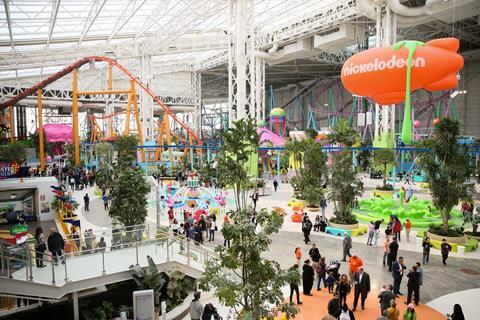
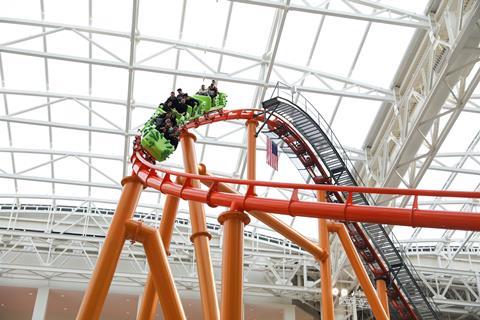
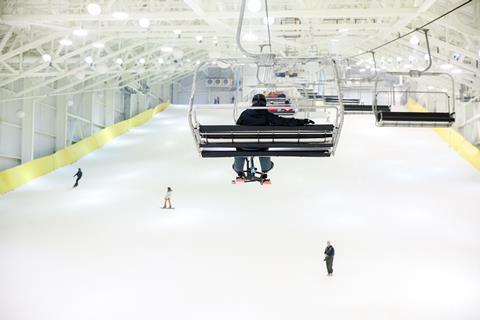

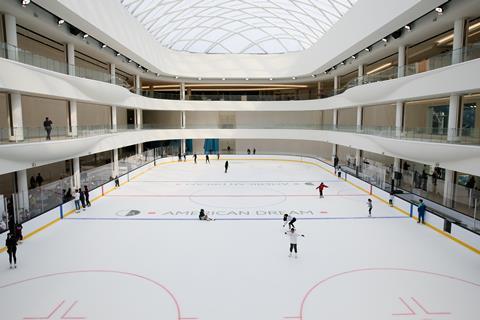

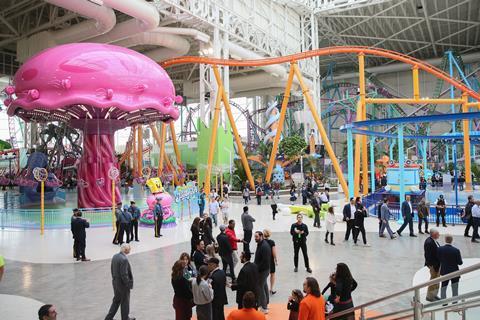
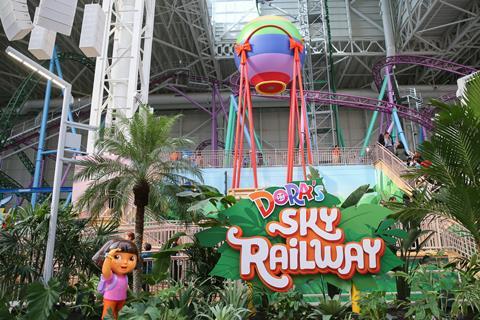
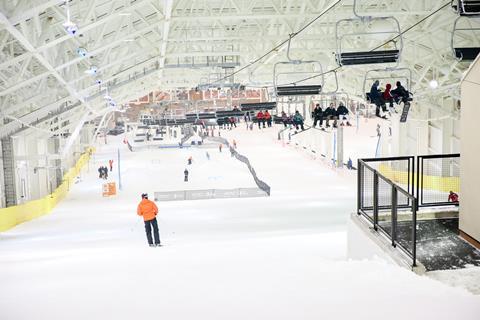
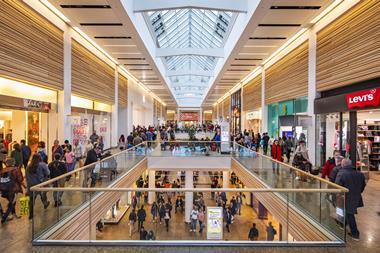
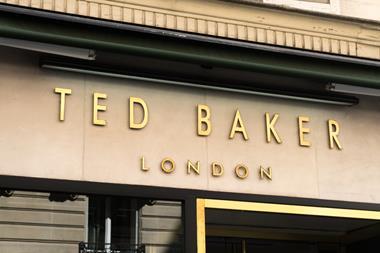
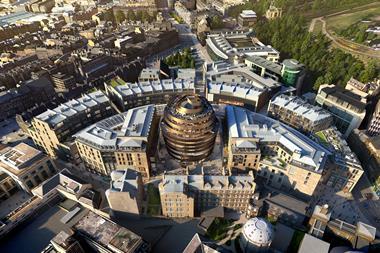
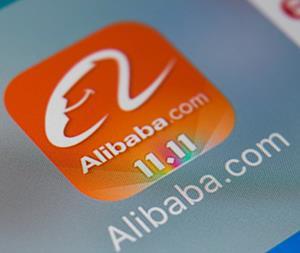
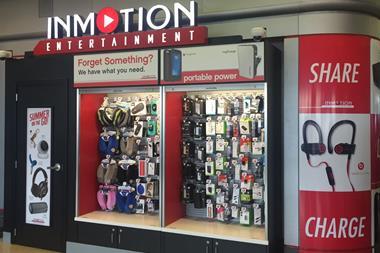
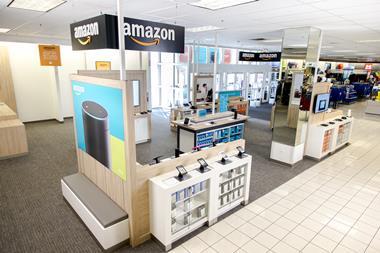
No comments yet